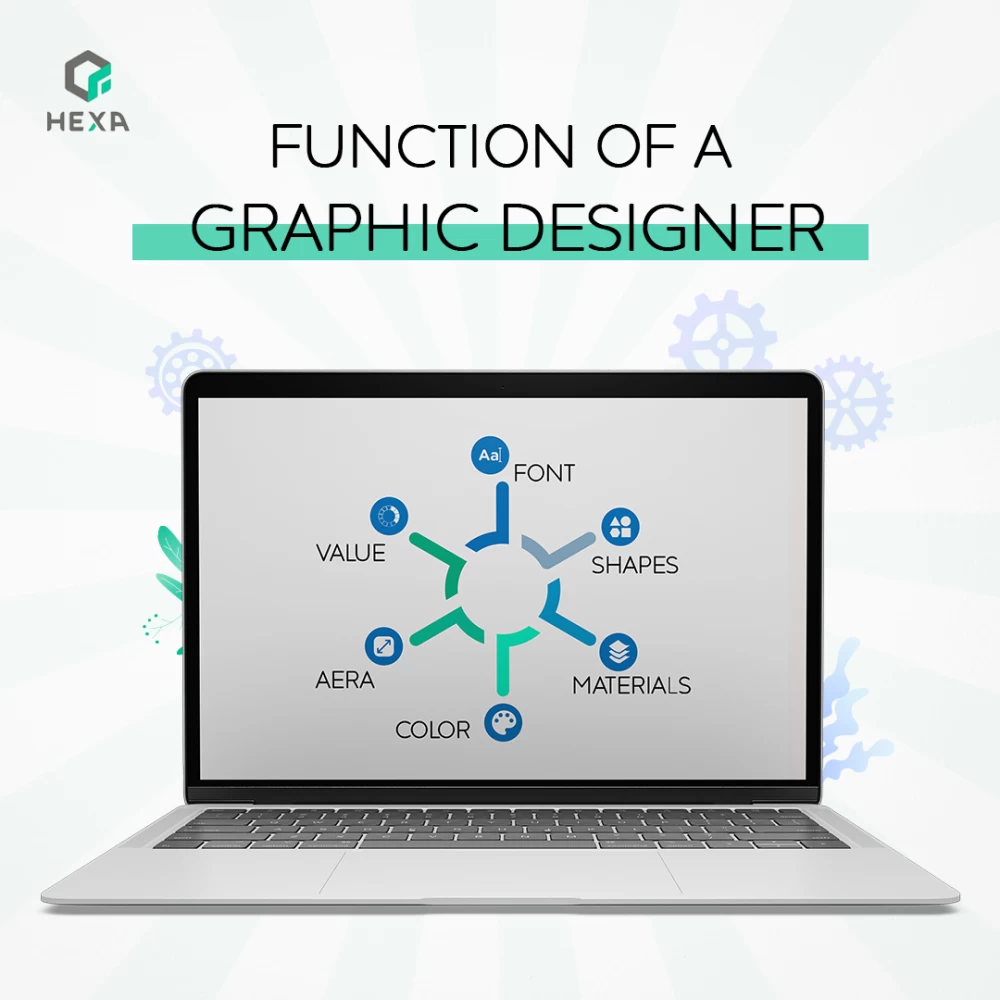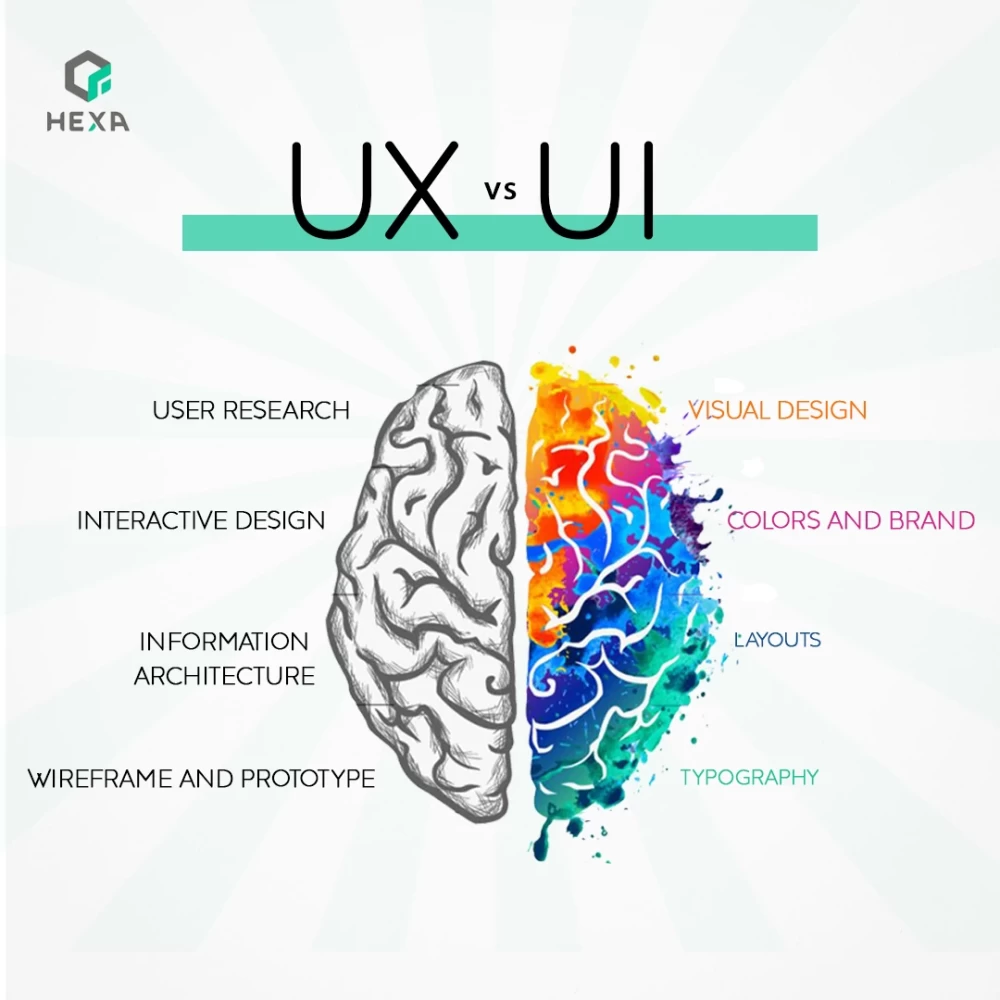- Designers
- 2018-10-21
Principles of graphic design
By: Hexa

Designing is a process of collecting elements, preparing all that is needed to process those elements, and measuring and amending them to produce something new and exceptional. Your product should carry out its task and meet the goal it was designed for. Design has become an important process in this age as it is used in many aspects of life.
Graphic design is a specialization of a wide scope of advanced knowledge. It is concerned with visual creativity and includes many fields such as artistic production, design of printed letters, page design and coordination, information technology and other creative fields. This variety means that there are sub specializations designers can choose to pursue.
The main function of a graphic designer
The main function of a graphic designer is to design visual elements that can be used on the internet or for printing purposes such as printing sitemaps, posters, booklets, publications or advertising campaigns.
A graphic designer must have knowledge of some basic elements such as the following:
Font
Font is usually included in all designs. Fonts create various visual effects and impacts as each font type refers to a certain expression. For example, straight soft fonts indicate calmness, rest and stability, whereas, intersecting, opposite fonts express interaction, activity, liveliness and movement.
Shape
It is the second most used element in website designing and takes the form of lines gathered next to each other to form different shapes. These shapes may be circular, squared, rectangular, triangular or other forms of abstract shapes. Like fonts, shapes are connected to the human mind in various ways. For example, circles reflect movement and nature, whereas, squares are seen as basic structural elements.
Materials
Materials may seem as backgrounds of opaque colors. However, when looking at them closely you can notice small but significant differences. Types of materials include paper, pebbles, concrete, bricks, fibers and natural elements and can have pale or soft colors. Materials may also be soft or rough and may be used moderately or abundantly. They can be used with almost everything and have the effect of changing a website completely despite seeming unimportant as they have a wide variety of completely different visual effects.
Color
Color is the most important element in design as it gives the strongest visual effect from the first glance. Color is clear and does not need basic drawing skills to notice it. Despite the many infinite number of colors, there is a basic categorization of colors such as cold colors: blue and its shades and green and its shades, and hot colors: red and yellow and their varieties. However, the three primary colors are only red, yellow and blue and all other secondary colors can be produced by mixing these three colors. The white color is not considered a color but a ray, whereas, the black color can be obtained by mixing several other colors together.
Value
Value determines if a design is dark or light and is determined by the degree of light striking the area. It is worth mentioning that advertisements designed with only white and black colors can be of a higher light value than other designs. The closer we get to the black color, the less the degree of light.
Area
Area is an extremely important element in design due to its role in clarifying the dimensions of the design and the shapes forming it. It also gives masses the importance intended from them by helping them being re-established and by granting them their expressional meaning.
White space (also called negative space) has begun to be used on a wide scale lately as it allows the viewer to read easier. Therefore, if a page’s design contains a large area of negative space, this would give it more lighting and a feeling of openness. Otherwise, a design would be scattered and old fashioned.
Tags
Foundations of graphic design
elements of design
graphic design basics
principles of design
principles of graphic design
elements of design
basic design definition
basic elements of design
basic design principles


